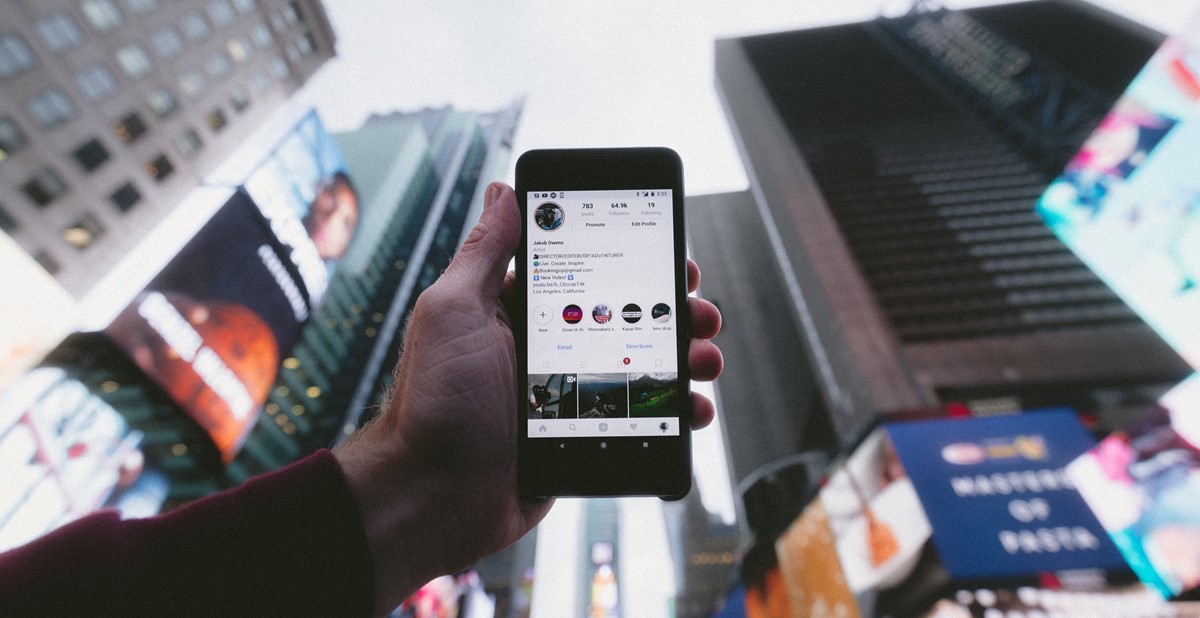Market Share: Consumers Trust Social Influencers’ Product Promos

There’s no doubt that branded merch has spiked in fashion coolness over recent years, thanks to none other than social media. Individuals, brands and passion-projects-turned-businesses are using social media to promote their work or presence, from podcasters to top bloggers and social media influencers. In turn, fans, followers and customers alike are flocking to hip merch as a way to support their favorite brands, to represent a social media-fueled movement or simply to make a fashion statement.
Online retailer Bonfire, for example, sells select merchandise designed by social media influencers. Options include a t-shirt with a floral graphic behind the words, “Live Well,” designed by Christina Capron, who has a fitness-focused Instagram account with 887,000 followers; and a raglan shirt that reads “Get Closer To Your Food; Off Grid With Doug And Stacey On YouTube,” designed by a husband-and-wife team, who have an organic food and all-natural living page with 30,000 followers. An ever-popular product that has surfaced on nearly all major celebrities’ pages are various tea detoxes, or “teatoxes,” like Fit Tea, Lyfe Tea and Skinny Mint, with celebrities receiving anywhere from $3,000 to $250,000 per post, depending on their following, according to Business Insider.
 But this is nowhere near the extent of the power of branded merch. Up-and-coming podcasts, like those in the true crime genre, are turning to branded merch—and advertising it via social media—for heightened exposure. Podcasts in this genre, such as True Crime All The Time, offer merch for listeners, including shirts, pants, blankets, backpacks, dog bandanas and stickers. And that’s only the tip of the iceberg.
But this is nowhere near the extent of the power of branded merch. Up-and-coming podcasts, like those in the true crime genre, are turning to branded merch—and advertising it via social media—for heightened exposure. Podcasts in this genre, such as True Crime All The Time, offer merch for listeners, including shirts, pants, blankets, backpacks, dog bandanas and stickers. And that’s only the tip of the iceberg.
For brands catering to Gen Z end users, social media influencers are the key to mass exposure. According to the Digital Marketing Institute, 70 percent of teenagers trust social media influencers more than celebrities, and 40 percent believe their favorite influencers “understand” them more than their close friends, signifying the magnitude of impact. But across all demographics, 49 percent rely on product recommendations from influencers, and 40 percent have made purchases after seeing the product on social media. And a staggering percentage of females—86 percent—turn to social media for product recommendations. Not only do the percentages indicate the reach available by working with social media influencers, but according to a Tomson study, brands, on average, earn $6.50 for every $1 spent on social media influencers—more than a 600-percent ROI—making it something that marketing teams should closely consider.

Interested in working with an influencer? It might be as simple as clicking “send.” The easiest way to get in touch with influencers, according to Awario, is by sending them an email or direct message through their page. If they are interested, you may set up an appointment to describe the campaign, product, promotion or initiative. There are also brands specializing in marketing partnerships with social media influencers, which are more tailored to working with well-known influencers with large followings or developing a viral campaign.
–––––––––––––––––––––––––––––––––––––––––––––––––––––––––––
Danielle Renda is associate editor of PPB.

